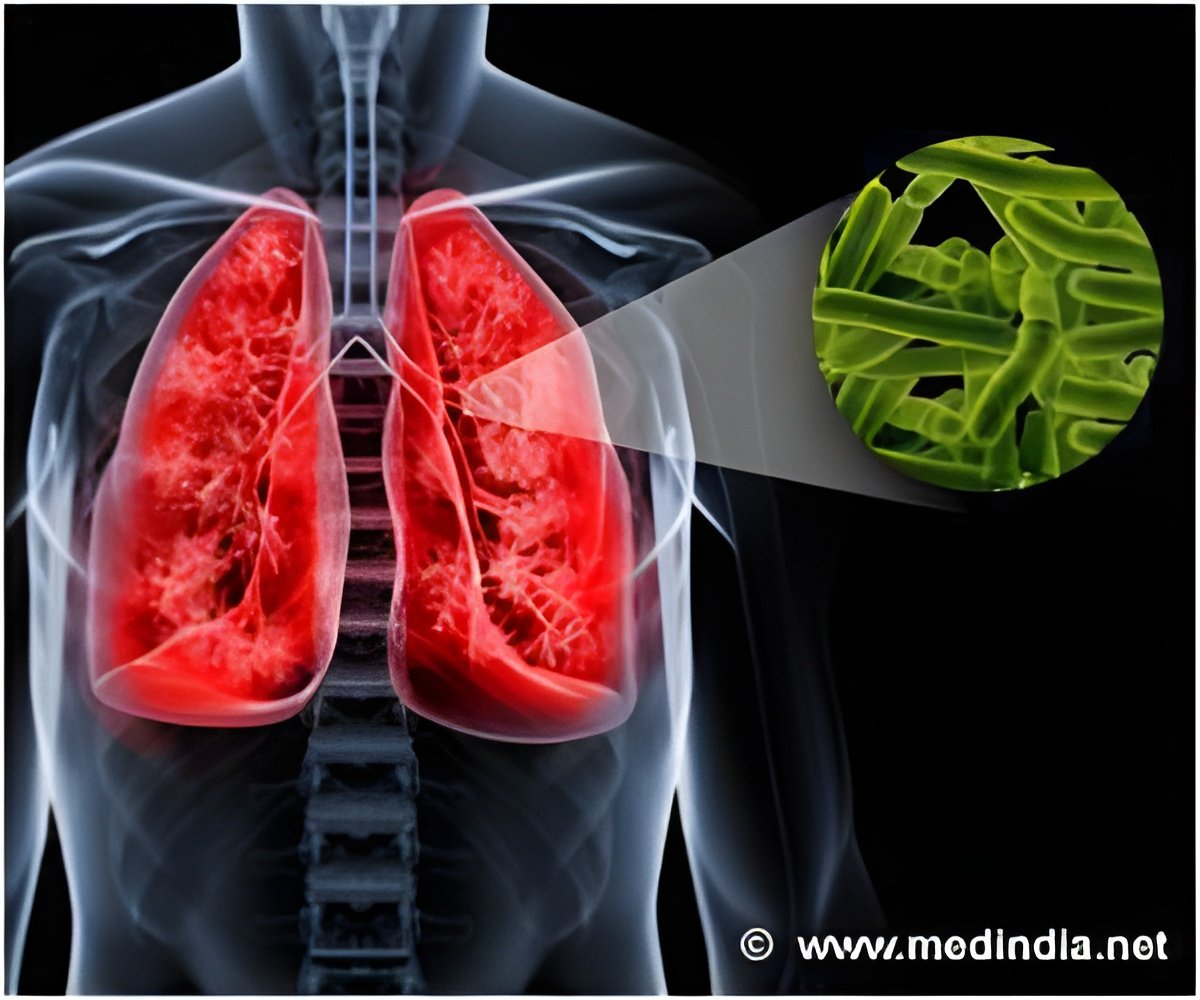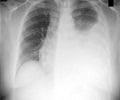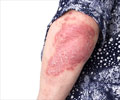
Oxygen, a necessary evilOxygen is essential for the respiration of nearly all cells. They use this gas to burn sugars in order to produce energy. However, oxygen is also very aggressive and can seriously affect proteins – the building blocks of the cell – in a manner similar to rust or oxidation of iron.
Attacking essential proteinsOur immune system uses reactive oxygen molecules in the defence against intruders, for example against Mycobacterium. Proteins are particularly sensitive to the effects of oxygen (oxidation). Proteins with sulphur-containing components are particularly sensitive and become inactive with oxidation. Following damage by oxygen, Mycobacterium places the mycothiol molecule on such proteins. After a period of oxygen stress this molecule has to be removed again for the proper functioning of the protein. It was not known how this happened, until now.
Protection and recoveryJoris Messens and his team have discovered that Mycobacterium tuberculosis protects sulphur-containing proteins in a unique way and actively repairs these proteins once the oxygen stress disappears. They discovered the protein mycoredoxin-1, which forms the basis of this ingenious repair mechanism. The scientists analysed the protein structure and the function of the protein and found that mycoredoxin-1 selectively removes mycothiol from affected sulphur-containing proteins and thereby ensures the activation of these proteins. Joris Messens: "We could combat tuberculosis more effectively by searching for components that disable mycoredoxin-1. The bacterium would not be able to recover as quickly from an oxygen attack by our immune system."
Source-Eurekalert














